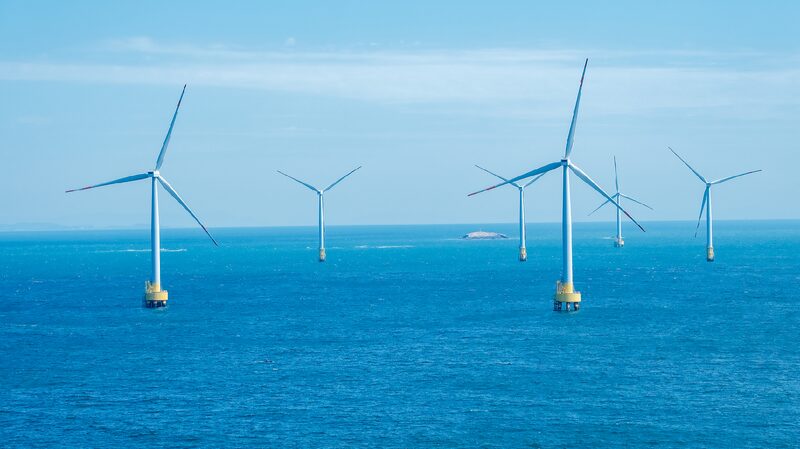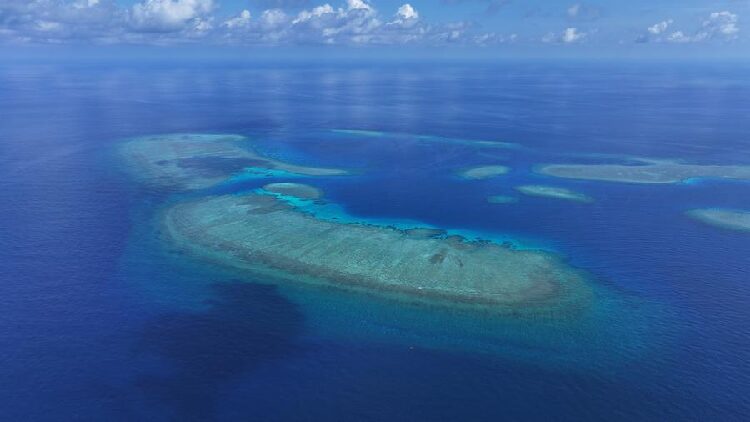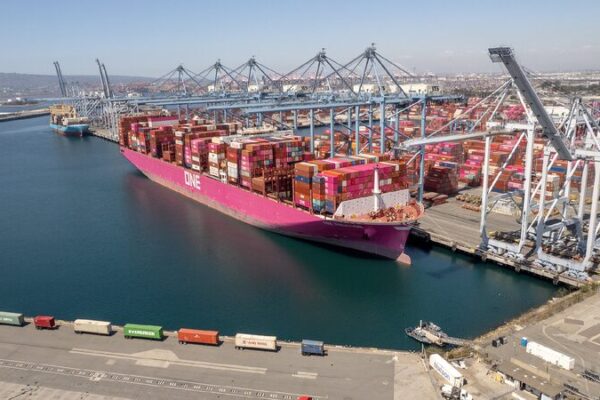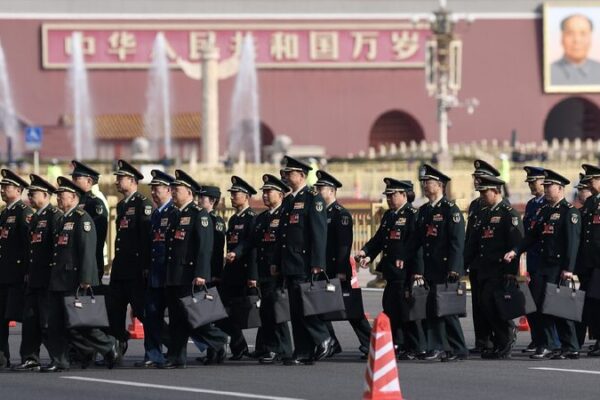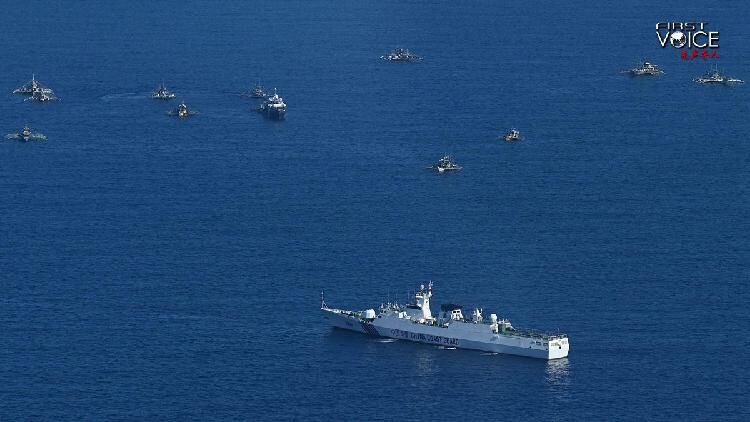China is leading the way in promoting peace and prosperity across the world’s oceans, turning the idea of a shared maritime future into reality through real actions and partnerships.
Over the past 17 years, the Chinese navy has been committed to keeping vital sea routes safe and fighting piracy in dangerous areas. By March 2024, China’s navy had sent 46 escort fleets—over 150 ships and 36,000 personnel—to the Gulf of Aden and waters off Somalia. They’ve ensured the safe passage of more than 7,200 commercial ships from over 30 countries. Last December, the 47th fleet set sail, continuing this important mission.
What started in 2008 as anti-piracy patrols has become a global service, offering crucial security support to international maritime trade. China’s efforts show its dedication to keeping navigation free and stable—key elements for the world economy.
China also works with other countries to build trust and improve capabilities. Regular joint exercises with nations like Russia, Pakistan, Thailand, Iran, South Africa, and those in ASEAN are now central to regional maritime cooperation. These drills—covering anti-piracy, search and rescue, and humanitarian aid—help everyone prepare better for shared challenges.
Boosting the economy is a big part of China’s maritime strategy. The 21st Century Maritime Silk Road, part of the Belt and Road Initiative, has revived trade and infrastructure connections between continents. The Silk Road shipping network now reaches 117 ports in 43 countries, backed by 300 global companies working to make logistics smoother and boost blue economies. An ocean forecasting system along the Maritime Silk Road gives real-time environmental data to over 100 partner cities, improving navigation safety and helping with disaster response.
Protecting the environment is also key. China aligns its policies with the United Nations’ 2030 Agenda for Sustainable Development, pushing for stronger international rules to protect marine life and manage ocean resources. Aiming to peak carbon emissions by 2030 and reach carbon neutrality by 2060, China is integrating green practices into its marine economic development. This includes sustainable fishing, eco-friendly port and shipbuilding practices, and developing clean marine energy.
One important method for conserving aquatic resources is building modern marine ranches, which help create sustainable fisheries. By 2023, China established 169 national-level marine ranching zones, generating ecological benefits worth around 178 billion yuan (about $24.3 billion) every year.
Through these diverse efforts, China is building bridges of cooperation that go beyond borders. Investments in ports, shipping networks, and disaster-response systems have helped partner nations improve maritime security and unlock their potential. The vision of a maritime community with a shared future—celebrating its sixth anniversary—is becoming a reality, driven by China’s active role in dialogue, development, and sustainability.
Reference(s):
China advances global maritime cooperation for shared community
cgtn.com
